Sicily’s hidden corners hold some of the Mediterranean’s most captivating architectural treasures.
As I traveled across this sun-soaked island, I realized the Arab-Norman buildings scattered through Palermo, Cefalù, and Monreale tell a story of cultural fusion that’s unlike anything else in Europe.
These UNESCO-protected sites show off the remarkable legacy of a time when Arab and Norman influences came together, creating something new and honestly, pretty breathtaking.
The Zisa Palace in Palermo especially caught my imagination with its mysterious fresco and those legends about hidden treasure.
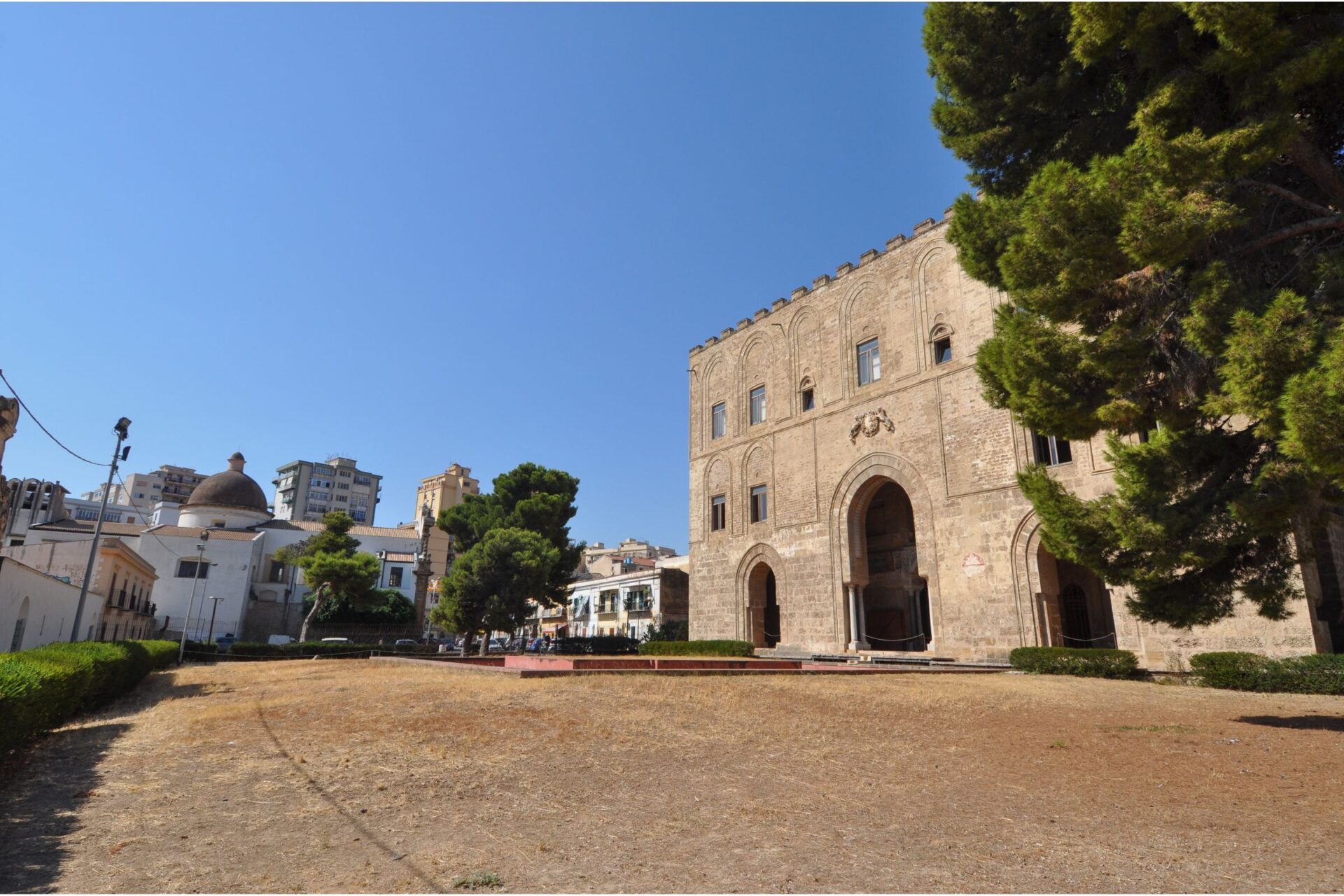
Norman kings once used this stunning building as a summer residence, and now it houses the Museum of Islamic Art.
It’s a perfect example of how different cultures blended in medieval Sicily.
As I wandered its cool halls, I felt like I was stepping back to an era when Sicily was truly a crossroads of civilizations.
What makes these Arab-Norman treasures so special isn’t just their beauty—it’s the way you stumble upon them.
You turn a corner in Palermo’s busy streets and bam, there’s an ancient wonder right in front of you.
The Cathedral of Monreale’s golden mosaics left me speechless.
Cefalù’s seaside cathedral mixes Norman power with delicate Arab details.
Every site lets you peek into Sicily’s fascinating past, a past that still shapes its vibrant present.
The History Behind Arab-Norman Sicily
Sicily’s architecture tells the story of a unique cultural fusion during the Norman rule of the island.
Norman, Arab, and Byzantine influences blended to create a style you can still spot in palaces, churches, and civic buildings all over Sicily.
Origins of Arab-Norman Architecture
The Arab-Norman style popped up after the Normans conquered Sicily in 1061, ending about 250 years of Arab rule.
Instead of wiping out Arab influence, the Normans actually kept a lot of what they found.
I find it fascinating that Roger II, Sicily’s first king, kept Arab administrators and artists in his court.
Norman rulers took a pretty practical approach.
They kept what worked from earlier systems and added their own flavor.
This led to a political and cultural environment where Latin, Greek, and Arabic all showed up in official documents.
When I walk through Palermo today, I still sense this history.
The Zisa Palace stands out—built as a Norman summer retreat, but you can’t miss the Islamic architectural touches.
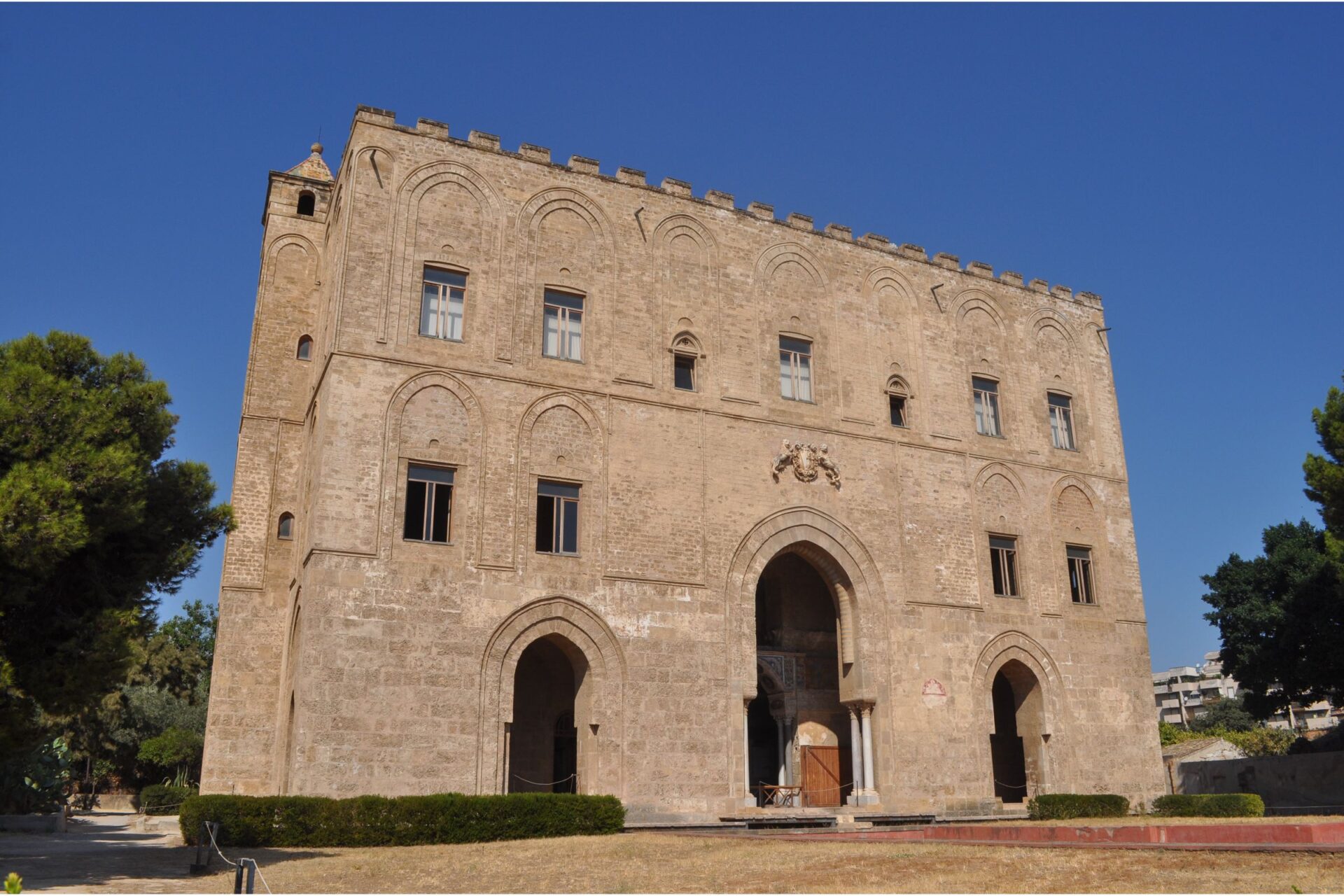
Cultural and Civilizational Influences
Under Norman rule, Sicily became a real crossroads—a place where Norman-Latin Catholic, Byzantine-Orthodox, and Arab-Islamic traditions all met.
This blend didn’t just shape architecture; it created a civilization that’s just… different from anything else in medieval Europe.
The Norman kings loved surrounding themselves with scholars from different faiths.
Jewish communities added to this mix, with synagogues once standing near mosques and churches in Palermo’s historic center.
In the countryside around Monreale, I noticed how irrigation systems from Arab times kept going strong under the Normans, boosting agriculture.
That practical adoption of Arab innovations spread into math, astronomy, and medicine too.
The decorative arts from this period really show off the fusion—geometric Islamic patterns sit right next to Byzantine mosaics and Norman structures.
Legacy in Modern Sicily
Today, UNESCO lists several Arab-Norman structures as World Heritage Sites.
The Duomo di Monreale, with its jaw-dropping gold mosaics, stands out.
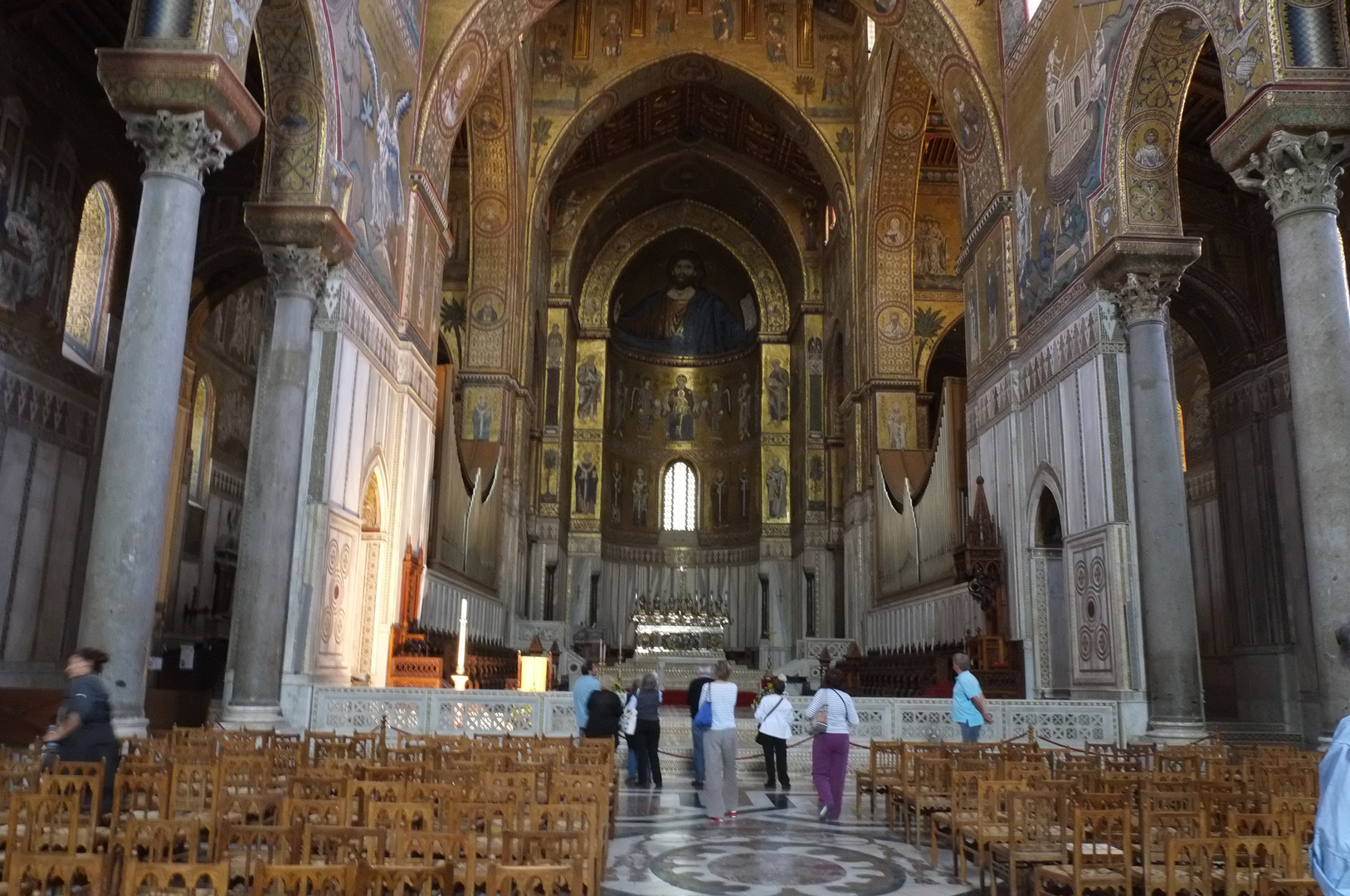
These buildings aren’t just for tourists; they’re living reminders of Sicily’s layered heritage.
I’ve seen how Sicilians embrace this multicultural past as part of who they are.
Local dishes still carry Arab influences—think citrus, raisins, and pine nuts—flavors that arrived during this era.
By the 19th century, Sicilian scholars started documenting and celebrating Arab-Norman heritage in a more formal way.
They understood that you can’t really get Sicily without understanding this period.
When I wander through modern Palermo, I spot the legacy in street names, architectural quirks, and cultural habits that survived even after Spain and mainland Italy left their marks.
Palermo’s Hidden Corners: Beyond the Palaces
Palermo’s grand palaces show off the Arab-Norman heritage, but honestly, some of the coolest finds hide in unexpected nooks and less-visited spots around the city and nearby towns.
Secret Entrances and Forgotten Passageways
While wandering Palermo’s winding streets, I stumbled across several hidden entrances.
These secret doors often open up to gorgeous Arab-Norman courtyards that most tourists walk right past.
One of my favorite finds was a narrow alley near the Quattro Canti.
It led to a tiny courtyard with those unmistakable Arab-influenced arches.
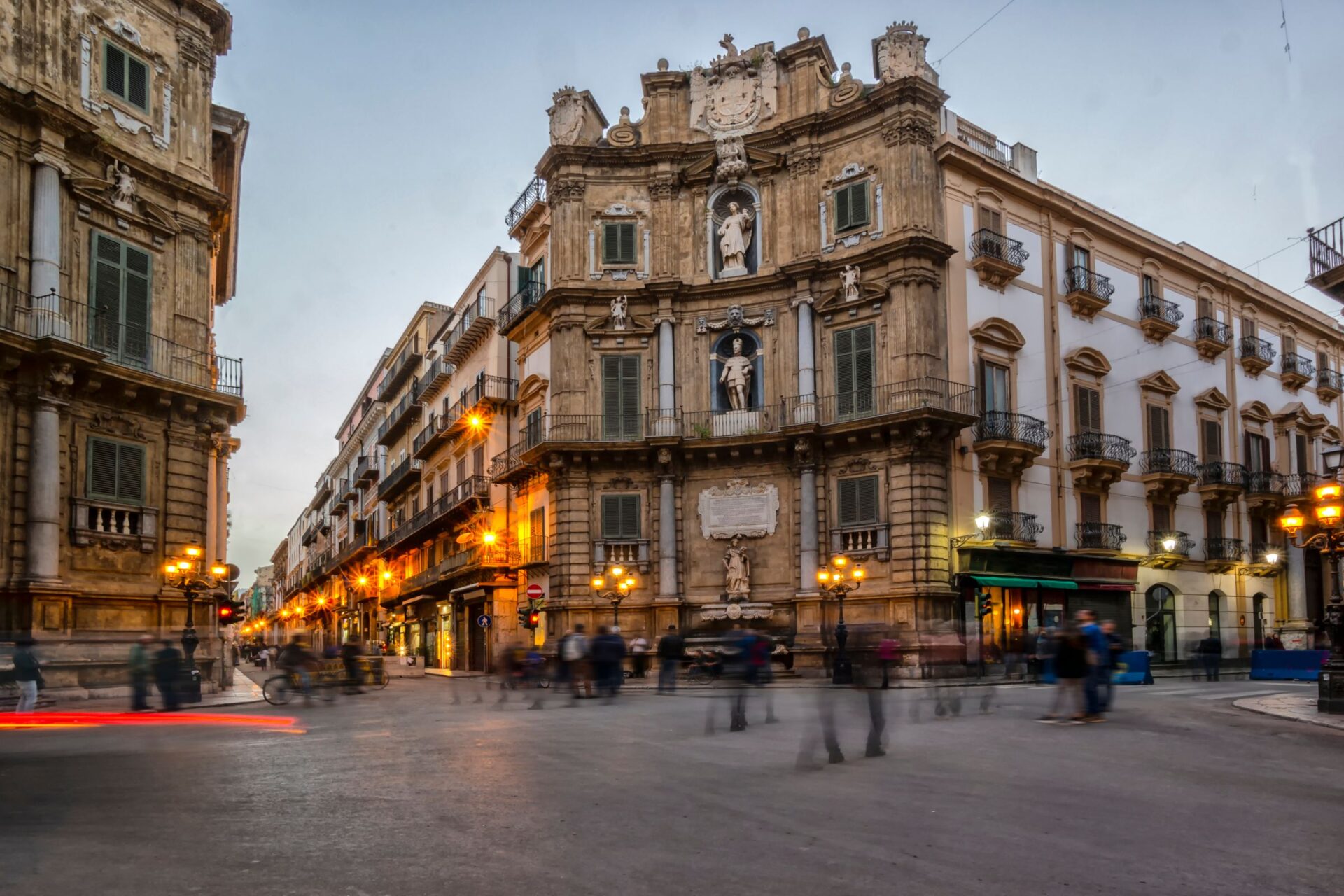
Locals told me these spaces once connected noble residences.
Some Rococo chapels people mention in travel blogs have side entrances that sneak in Arab-Norman design touches.
If you ask local guides about these passageways, they’re usually happy to spill some secrets.
I noticed many entrances with those red domes and intricate stonework—Byzantine, Arabic, and Norman styles all blending together.
That’s the kind of thing that makes Palermo so special.
Unusual Arab-Norman Sights in Capaci
A day trip to Capaci, just outside Palermo, brought me to Arab-Norman gems that most guidebooks ignore.
This small town hides impressive examples of cultural blending.
The remains of a small prayer room show off beautiful geometric patterns.
They remind me of the more famous ones in Palermo, but here they feel more personal and intimate.
Keep an eye out for stone water channels—leftovers from Arab irrigation, later tweaked by Norman rulers.
These practical structures tell the story of how everyday life adapted as cultures shifted.
A local family even invited me into their courtyard to see Arab-Norman design elements they’ve kept up in their home.
It struck me how this heritage lives on in private spaces, not just in museums.
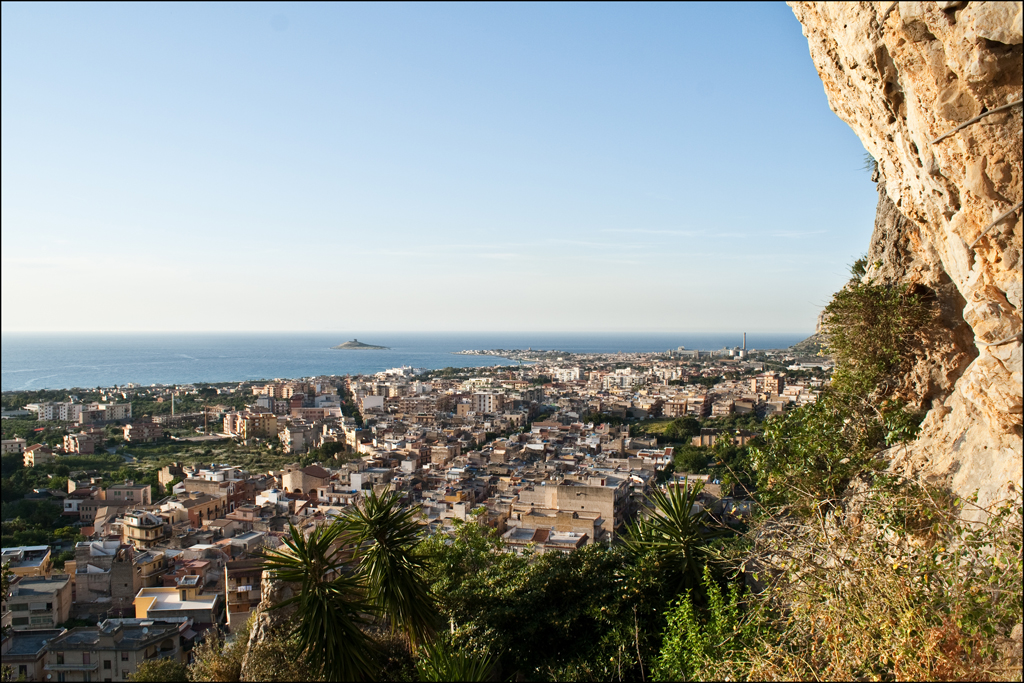
Image Source: Wikimedia Commons
Unexpected Prison and Fortress Remnants
I found some of the most fascinating Arab-Norman architecture hiding in old prisons and fortress ruins around Palermo.
These sites give you a different angle on the military side of this cultural fusion.
The remains of a coastal fortress show off crenellations with a clear Arabic touch.
Norman military architects borrowed these designs for their usefulness, not just for looks.
A former prison near the harbor has what locals call the “devil’s room”—maybe tied to that legend about painted devils guarding treasure.
The walls here really tell stories.
I spotted the Arab method of laying stones in some sections, while other areas show classic Norman masonry.
It’s like seeing cultures work together—or sometimes replace each other—right in the stone.
Arab-Norman Wonders Outside Palermo
Palermo gets a lot of attention, but honestly, some of Sicily’s most jaw-dropping examples of Arab-Norman fusion sit outside the capital.
These places feel quieter and way more personal.
Monreale’s Mosaic Treasures
Just a quick drive from Palermo, Monreale houses one of Sicily’s most stunning cathedrals.
The Cathedral of Monreale blew me away with its Byzantine mosaics—nearly 68,000 square feet of shimmering gold inside.
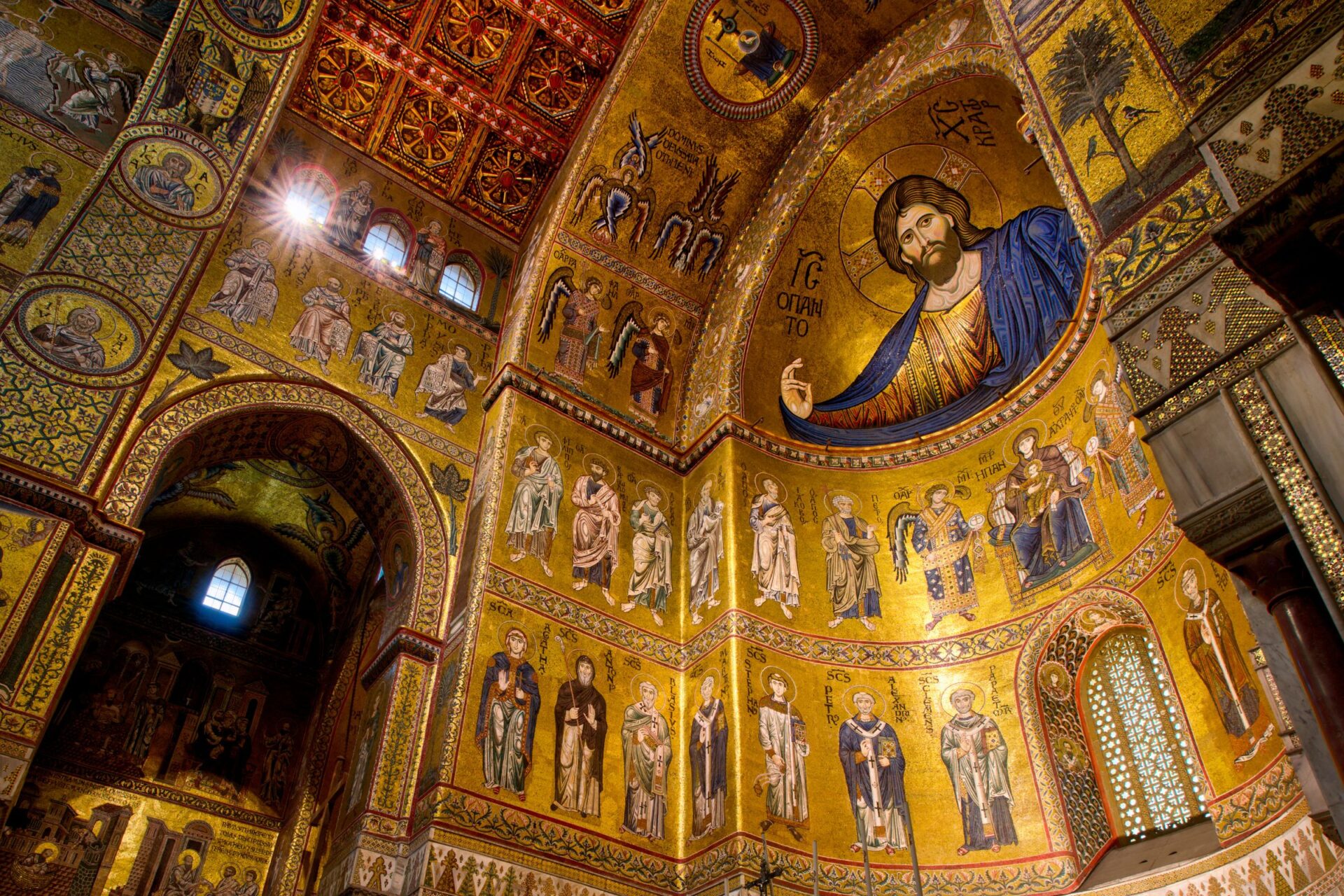
Biblical stories unfold in dazzling detail, sparkling in the filtered light.
What makes this place really stand out is how it merges Norman structure with Arab decoration and Byzantine art.
If you can, go early in the morning to dodge crowds and soak up the peaceful courtyard with its ornate columns.
Each column has its own intricate pattern—no two are exactly alike.
The cathedral earned UNESCO World Heritage status in 2015 as part of the Arab-Norman Palermo route, and honestly, it’s easy to see why.
Catania’s Overlooked Influences
Catania doesn’t usually get credit for its Arab-Norman heritage, but if you look closely, you’ll spot subtle influences all over the city.
Unlike Palermo’s showy sites, Catania’s touches blend into the mostly Baroque vibe.
I found traces in the old walls and church foundations, where Arab-Norman arches peek out from later renovations.
The Castello Ursino, although changed over the centuries, still hints at this cultural mix in its bones.
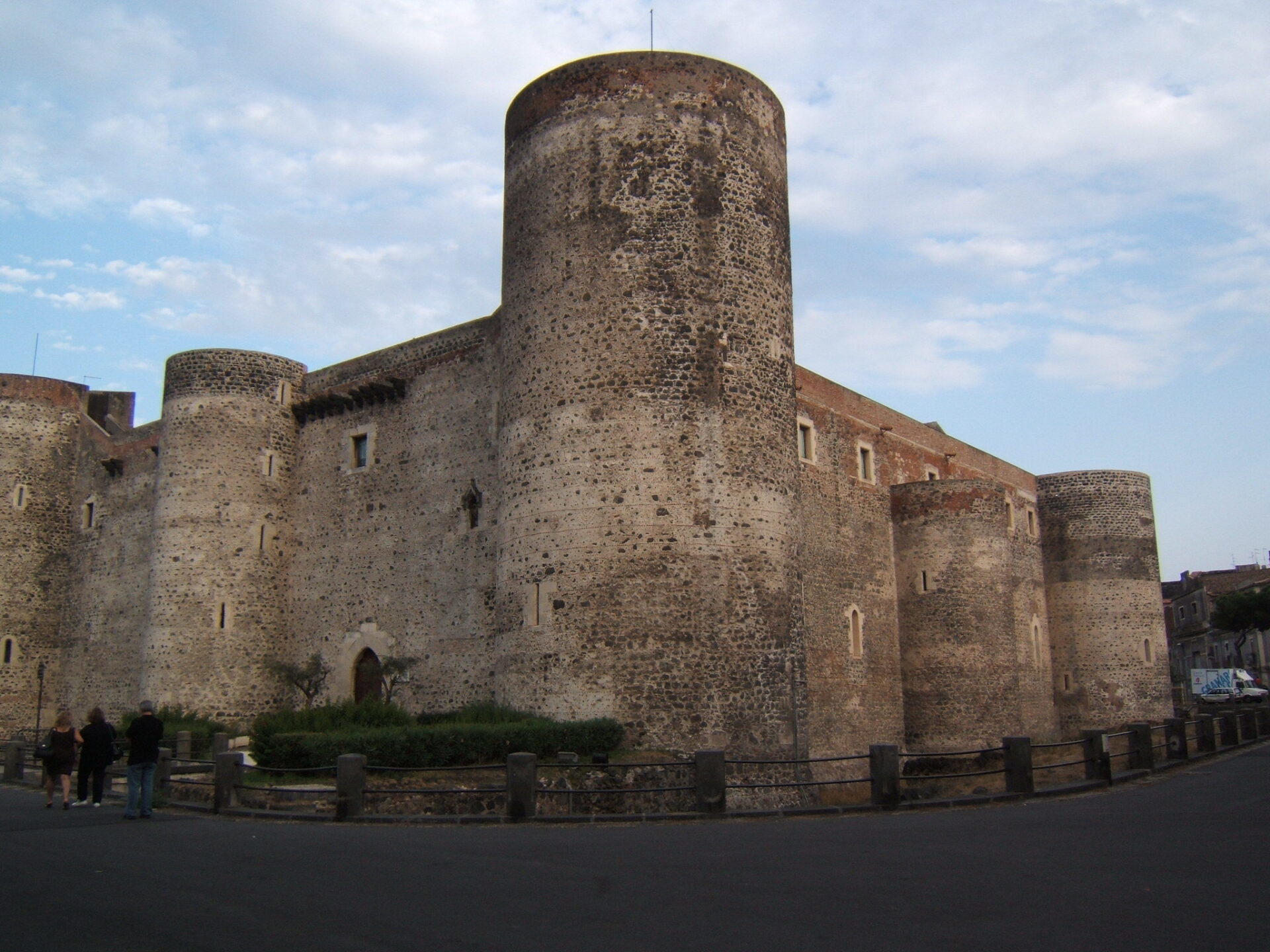
Image Source: Flickr
As I wandered Catania’s narrow streets, decorative elements on doors and windows caught my eye—little clues of Arab influence.
Local guides can help you spot these details, connecting the city to Sicily’s multicultural roots.
A few small museums display artifacts from this era, helping you see how Arab-Norman culture shaped eastern Sicily differently than the west.
Exploring Arab-Norman Trails in Rural Villages
Some of my favorite discoveries happened in Sicily’s countryside villages, where Arab-Norman influences remain mostly untouched by tourists.
In tiny Castelvetrano, I stumbled on the Church of the Holy Trinity of Delia.
It’s an unassuming gem with perfect red domes that scream Arab influence.
The calm here let me appreciate details I’d miss in busier spots.
Villages like Erice and Cefalù still have medieval street layouts shaped by Arab urban planning—narrow, winding lanes that naturally stay cool.
What amazed me most were the rural bridges and water systems still working centuries later.
They’re practical feats that blend Norman strength with Arab know-how in water management.
Many small towns have local guides who love sharing their heritage, often pointing out family connections to these old structures that you won’t find in any tourism brochure.
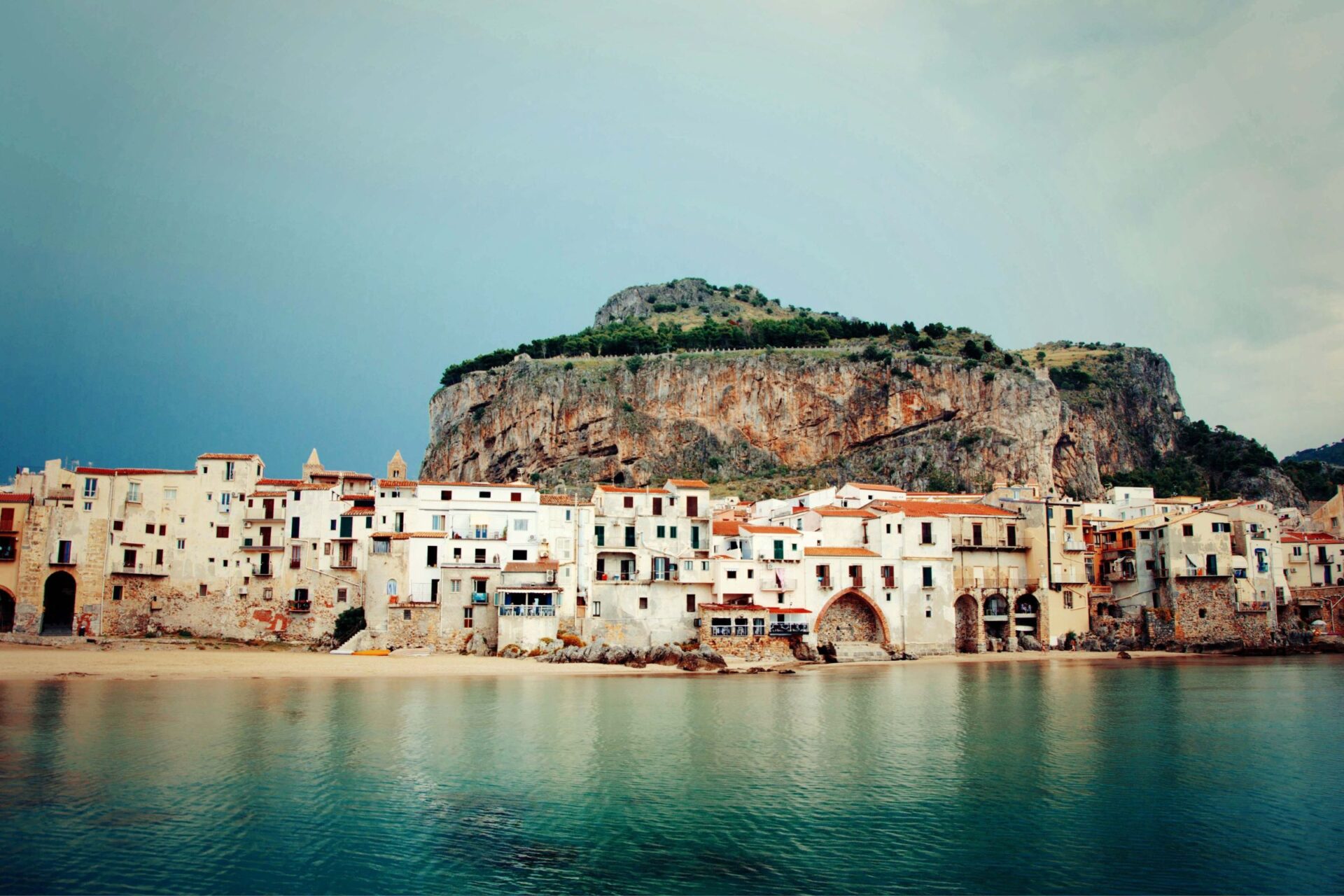
Syracusa and the East: Unexpected Artifacts
Syracuse feels like a living museum, where East and West meet in Sicily’s southeastern corner.
As I explored, I found connections to Arab-Norman influences and classical antiquity, all tangled together in the city’s unique architecture and hidden treasures.
The Charms of Syracuse Cathedral
Syracuse Cathedral honestly surprised me as an Arab-Norman treasure.
Inside, I immediately noticed the massive Doric columns from the 5th century BC Greek temple of Athena, still standing in the walls.
This cathedral is a real mash-up.
The Greeks built it first, then the Romans added their touches, followed by Byzantine changes, Arab influences, and Norman rebuilds.
You can literally touch columns that have stood for 2,500 years.
The façade mixes baroque elegance with earlier Norman bits.
I spotted a baptismal font with Arabic geometric patterns, just like in Palermo—proof of cultural exchange across Sicily.
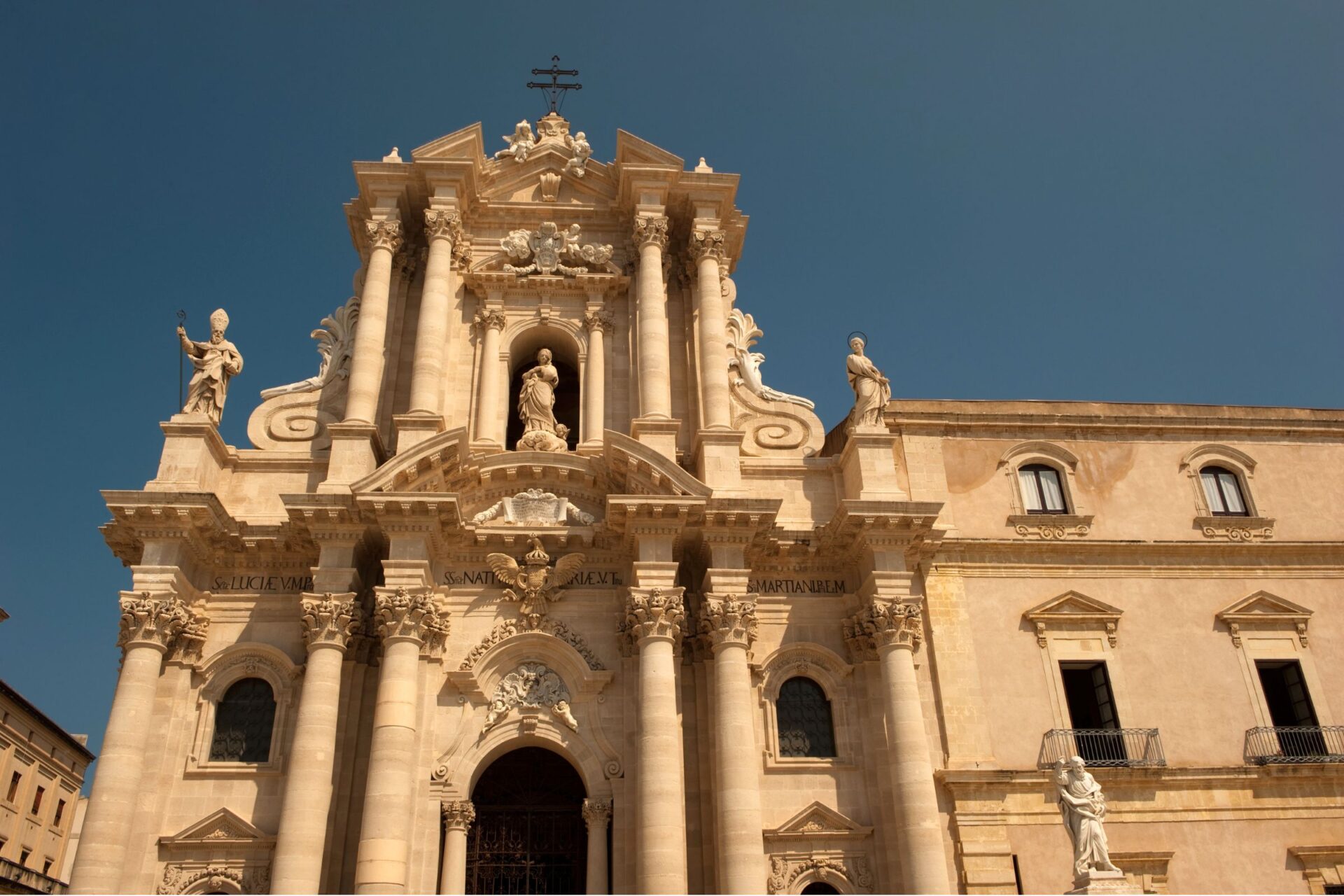
Greek Theater and Limestone Wonders
The ancient Greek theater in Syracuse left me awestruck.
Its limestone seating, carved straight from the hillside, once held 15,000 people for Greek plays.
What caught me off guard was finding subtle Arab-Norman influences in nearby buildings.
Little decorative details hint at the blending of cultures that happened long after the theater was built.
The creamy limestone all over Syracuse tells a story of survival.
This soft stone has survived invasions, earthquakes, and centuries of change.
I ran my fingers over grooves carved by Greek stonemasons 2,400 years ago.
Some blocks even have Greek inscriptions next to later Arabic patterns—proof that cultures built on top of each other, not just wiping the slate clean.
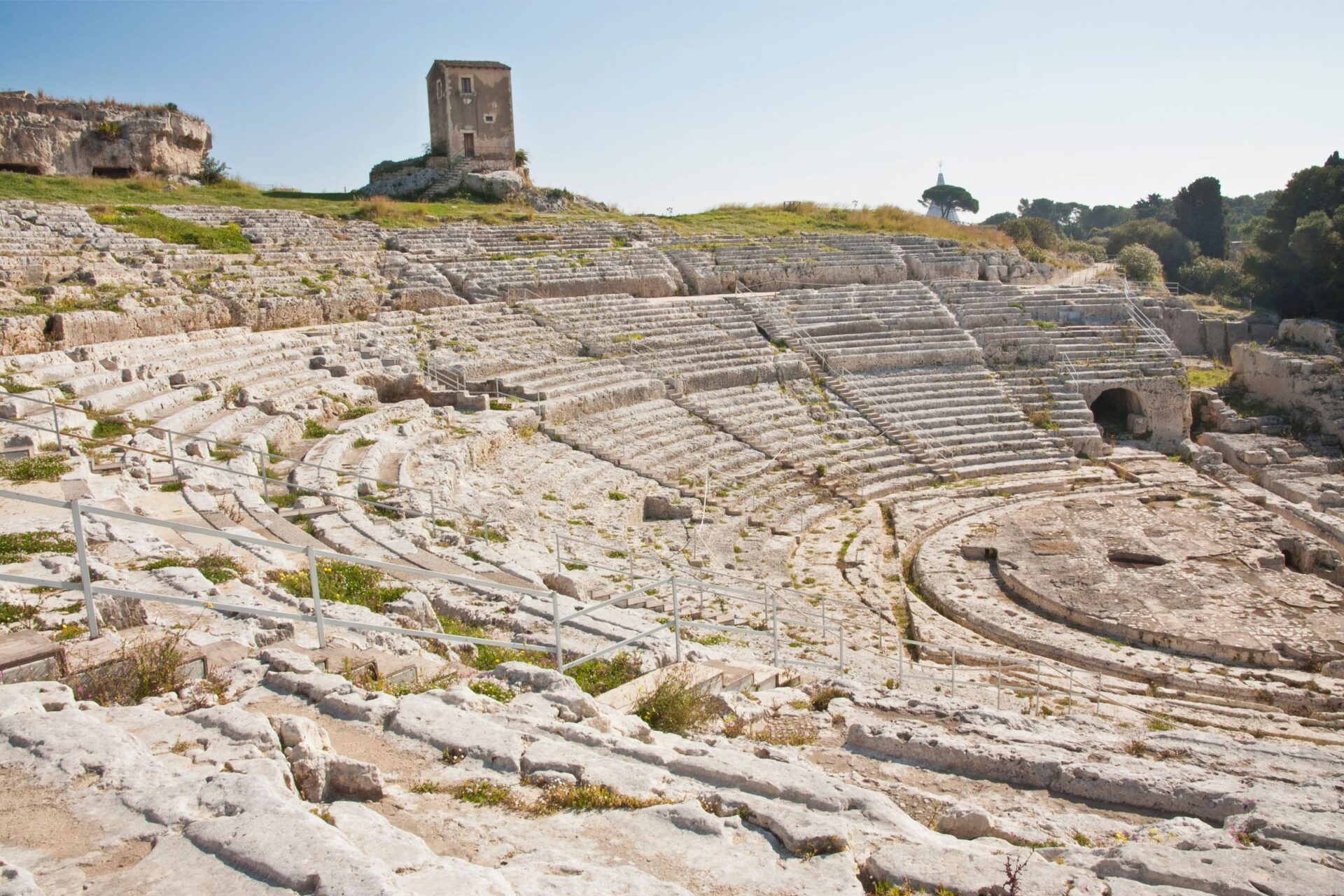
Ear of Dionysius and Ancient Temple Sites
The Ear of Dionysius surprised me with its wild acoustics.
This cave, shaped like a human ear, makes even a whisper echo.
Legend says the tyrant Dionysius used it to spy on prisoners.
Near the entrance, I found small Arabic inscriptions—easy to miss, but clear signs this spot mattered during Arab rule.
Carved water channels show engineering influences from all sorts of eras.
Nearby ancient temple sites held more surprises.
The Temple of Apollo has stones reused during Arab-Norman times, with pointed arches added to the old Greek structure.
Walking through these places, I touched stones that saw Greeks, Romans, Byzantines, Arabs, and Normans—all leaving their mark on Syracuse’s landscape.
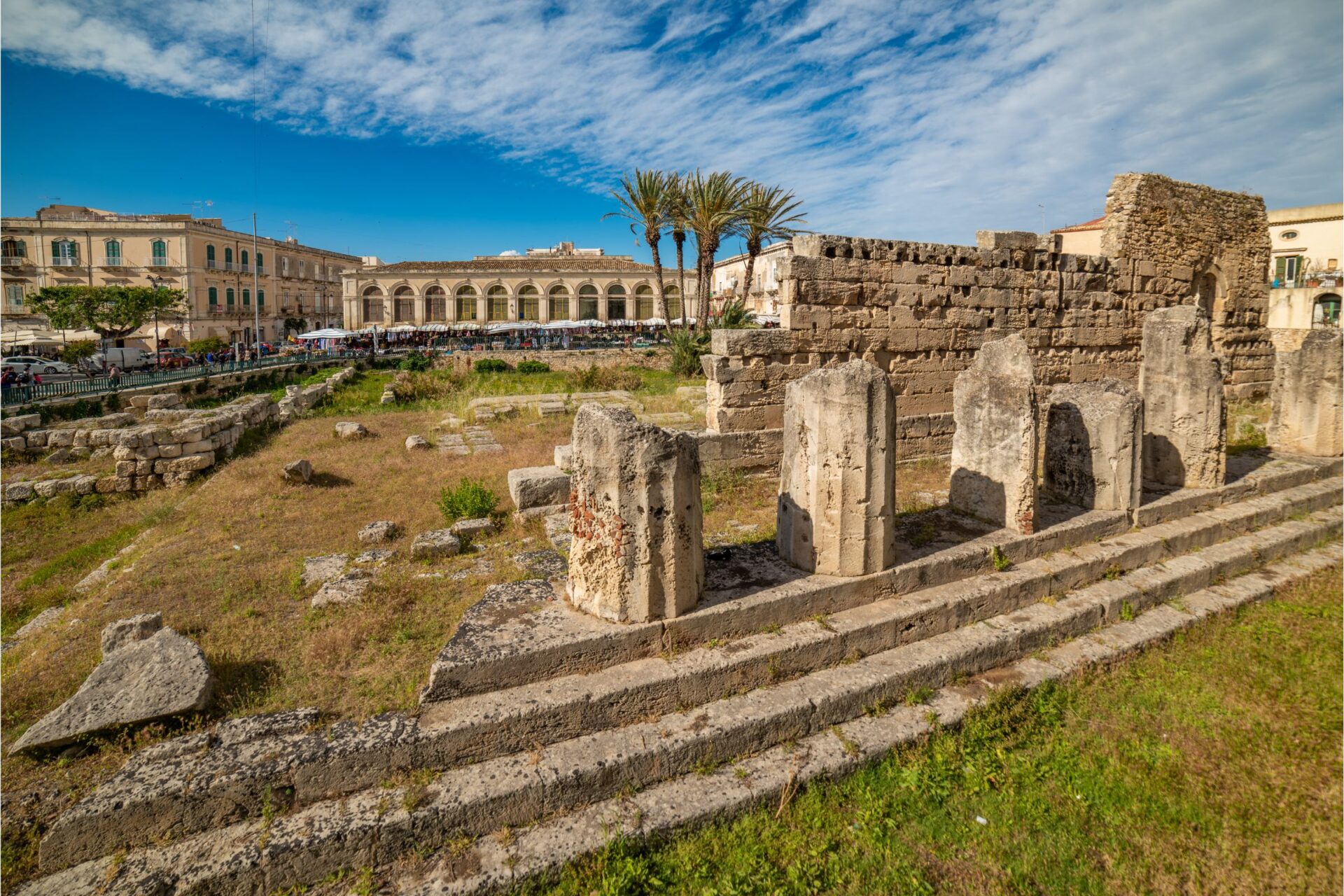
Lost Objects and Storytelling Through Artifacts
The everyday objects left behind by Sicily’s many cultures tell amazing stories of exchange.
In museums and archaeological sites across the island, these artifacts reveal how Arab and Norman influences came together to create something uniquely Sicilian.
Vases, Amphorae, and the Traces of Trade
As I wandered through Palermo’s archaeological museum, I couldn’t help but stare at the amphorae from the Norman period. These clay vessels weren’t just containers—they really kept Mediterranean trade alive.
A lot of the vases grabbed my attention with their Arab-influenced designs. The patterns mixed Islamic geometric motifs with Christian imagery in ways that felt surprisingly fresh. I spotted one that even had Arabic calligraphy right next to a Norman coat of arms.
Merchants hauled olive oil, wine, and grains across the Mediterranean using these amphorae. What caught my eye most? The Normans didn’t just copy Arab trading practices—they actually took them and made them their own.
In small Sicilian workshops, local artisans still make replicas of these vessels. They use ancient techniques, and honestly, their dedication keeps that history breathing.
Their work lets us see how everyday objects linked different worlds. It’s kind of amazing to realize how much a simple vase can say about the past.
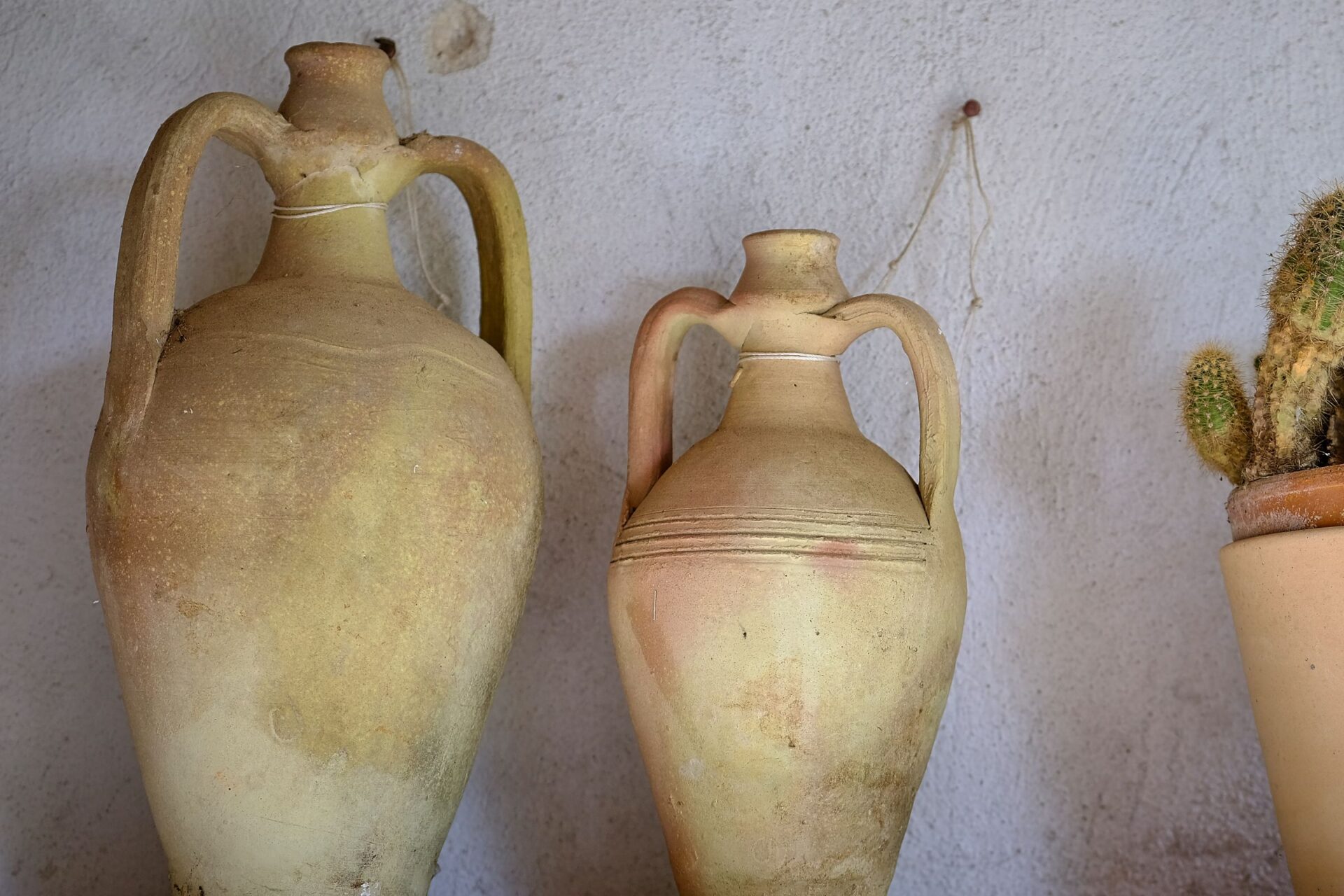
Unraveling the Significance of Rosa
The rosa (rose) symbol pops up all over Arab-Norman artifacts in Sicily. It’s so much more than a decoration, and I found this out at a tiny museum outside Palermo.
I saw the rosa motif on pottery shards and even on pieces of twelfth-century Norman palaces. A local guide explained that it stood for both Islamic paradise gardens and Christian divine love. That mix really shows off how cultures blended here.
Archaeologists still find rose-adorned items in the parklands around Palermo, where Norman rulers built their pleasure palaces. Each discovery helps us piece together daily life from that era.
These finds feel special because they reveal personal details that written history usually skips. When I hold a fragment decorated with a rosa, I’m holding a piece of the story that joined two worlds.
Traveling Deeper: Practical Tips for Discovery
If you want to explore Sicily’s Arab-Norman treasures, you’ll need a bit of insider know-how. I’ve realized that the real magic hides beyond the obvious tourist stops.
Best Off-the-Beaten-Path Routes
On the eastern coast of Sicily, I wandered into the old Arab Quarter in Syracuse’s Graziella and Spirduta neighborhoods. These spots offer a real look at Sicily’s Arab roots—without the crowds.
For getting around, I’d say rent a small car if you can swing it. The winding coastal roads between Palermo and Cefalù hide Norman towers and Arab-influenced villages that big tour buses just skip.
Here’s the route that led me to my favorite finds:
- Morning: Begin in Palermo’s Kalsa district (once the Arab quarter)
- Mid-day: Head to Monreale Cathedral (about a 30-minute drive)
- Afternoon: Take the coastal road to Cefalù
- Evening: Wrap up in Syracuse for the night
Local buses are an option, but honestly, they can be unreliable in smaller towns.
Understanding Local Customs and Heritage
Picking up a few basic Italian phrases really opened doors for me that I never expected. I noticed that local guides in smaller towns usually don’t speak English, but they’re always eager to share their heritage.
Honestly, I think the best way to get a feel for Sicily’s cultural mix is by eating your way through it. At Palermo’s markets, I tried arancini (those amazing rice balls) and cassata cake. Both dishes have a clear Arab influence, which surprised me at first.
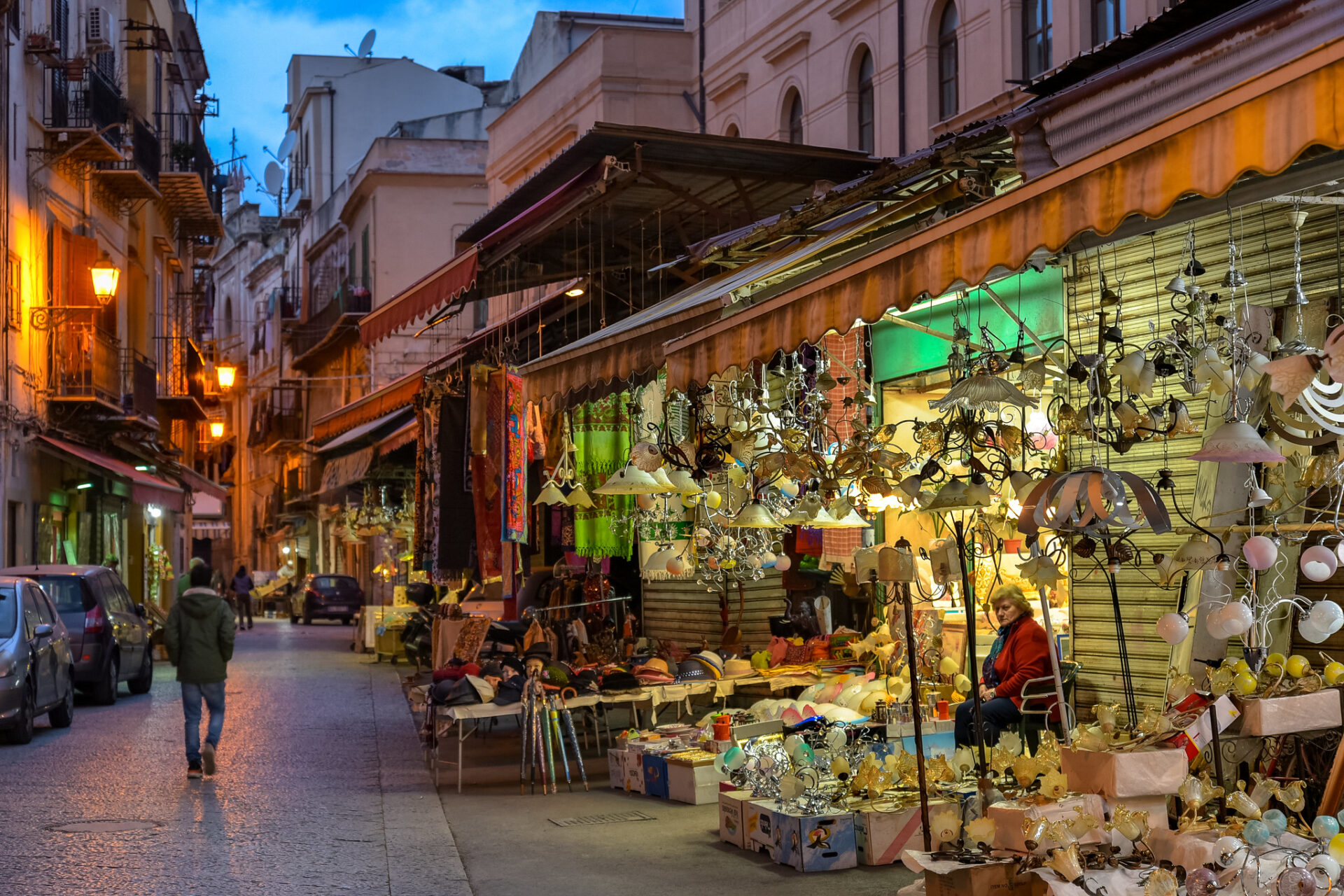
Image Source: Flickr
You really need to show respect at religious sites. When I visited the Arab-Norman cathedrals like Monreale, I made a point to cover my shoulders and knees.
I also stayed quiet during prayer times.
And yeah, I always took off my hat before stepping into any sanctuary.
Market vendors seem to love it when you ask before snapping photos of their stalls. That small gesture sparked some great chats about local traditions and even family recipes.

